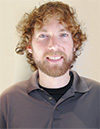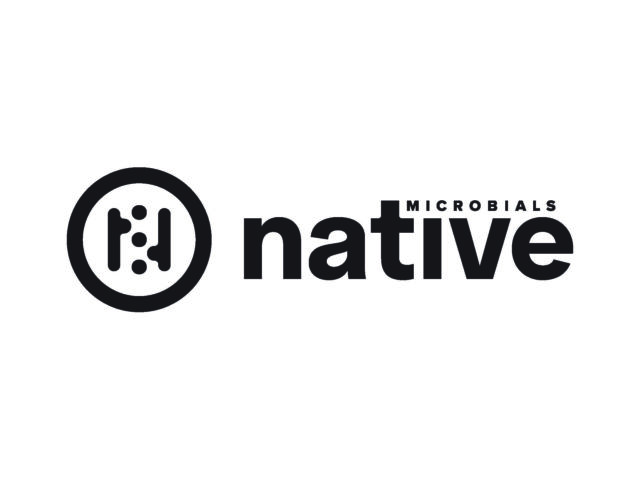The last decade or more has produced continual debate regarding the manner in which underdeveloped nations in Africa should be supported. Western countries have often been accused of providing aid that is ineffective, and in some circumstances, self-serving.
This doesn’t seem to be the case with the Uganda Cow Project, initiated by a Ugandan bishop. The program aims to provide a cow to as many families as possible in the impoverished district of Masaka.
Uganda is a young and sometimes troubled country in east-central Africa. The nation’s dairy industry formally began in 1967, five years after independence from Britain, with the establishment of the Uganda Dairy Council.The UDC quickly set up development and marketing infrastructure as well as extension systems to support farmers – all of which was lost in the civil wars that devastated the area in the following decades.
What was left of the dairy industry was monopolized by the government, which could not afford to support processing plants, collective cooling units and other necessities. Nonetheless, the current regime liberalized the markets in the ’90s by allowing private investment, and slowly the sector is gaining momentum again.
Most Ugandans in the Masaka region support themselves by growing what they can on the small plots of land they have. With an increasing population, however, these parcels are getting smaller. The project offers training to anybody who seeks to become a farmer, only requiring that they build a shed before receiving the animal.
The people behind the Uganda Cow Project call it a living loan: Those who receive a cow do so with the understanding that the first heifer born must be passed on to another family in need of a cow. The program that started with 14 cows has now grown to 400.
The barns themselves are often only big enough for one or two cows. They’re skeletal, without walls and presumably made from poles cut from local jungle-like trees. Farmers are required to have an acre of grass to support the cow, which they cut with machetes and give to the animal while they’re milked by hand.
All urine and manure is collected, the gas from the latter stored by simple means and used in the home. Few places have electricity in Masaka, but the methane allows them cook on a stove or run a gas light in the house.
The milk is taken to a local collecting point, where area farmers pour it in a communal milk can. Afterwards, someone straps the heavy can to the back of a bicycle and takes it to the dairy, where there’s a cooling unit. The dairy industry makes up 9 percent of Uganda’s gross national product, much of it one or two cows at a time.
The video released by the Uganda Cow Project ends with a group of 20 locals dancing and singing as a family pulls along their new Holstein on a rope lead. I suspect a bit of propaganda to be in play by the program directors.
Still, other sources have confirmed how important dairy farming is for many communities in the nation, labeling it as an instrument of social and economic change. Milk limits malnutrition among children, both for the families who own it and for those who can buy milk from their neighbors.
Many can earn extra income from selling what they don’t consume themselves, and more jobs arise as the cattle propagate themselves on these holdings. Some teenagers were able to invest in a motorcycle to haul milk from remote villages far from processors.
The dairy industry in Uganda is not without challenges, particularly in the lack of infrastructure and regulatory systems. Milk quality is often an issue, as would be expected in a country in which many farm without electricity. Marketing channels are also very underdeveloped, as 80 percent of milk is sold “informally.” Regardless of such obstacles, optimism is high that the future looks progressively better in the country.
In media, we consume a steady diet of both desperation stories and feel-good tales from Africa, and we’re prone to making sweeping statements that are likely oversimplified. Still, it’s hard not to be intrigued by it all.
In the Western world, we’re overwhelmed with nostalgia for times when farming used to stand at the center of community life, while in Uganda it’s part of a people not only trying to survive but rebuild and heal itself after decades of violence.
It suggests farming is more than making milk but instead can directly or indirectly affect the lives of those around it. While dairy farming can’t solve the problems of the embattled nation, it does seem to be making it a little better place, one cow at a time. PD
Ryan Dennis is the son of a dairy farmer from western New York and a literary writer. The Dennis family dairies and maintains a 100-plus cow herd of Holsteins and Shorthorns.

-
Ryan Dennis
- Columnist
- Email Ryan Dennis





